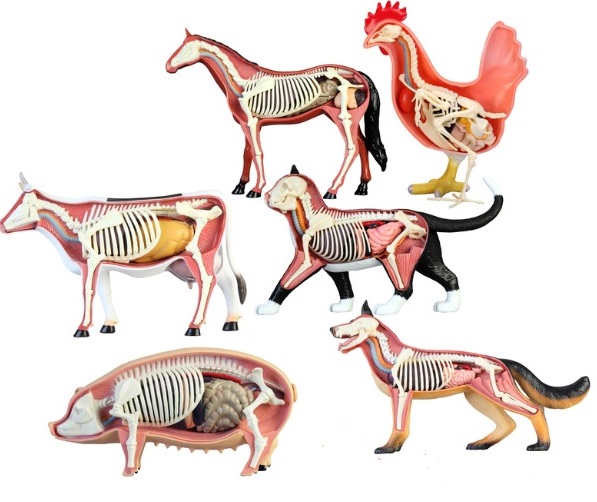Course Overview
Introduction
This general module describes the skills, knowledge and attitude to be acquired by learner to perform the domestic animal body description. Any animal care technician has to manipulate the body of the animal during his professional work. So, this competence is very important for the animal care training and it is a prerequisite for all the specific module of the qualification involving the manipulation and treatment of the different animal species.

(Source Internet)
Learning Objectives:
Upon completion of this module, the trainee will be able to:
- Describe the animal morphology
- Describe the body apparatus and assess anatomo-physiological parameters of the main functions
I invite you to go through the whole module page, open all resources
availed and activities proposed to facilitate your learning process. I
encourage you to feel comfortable with the interactive content offered
and to be a little more academic in the exchanges and discussions taking
place throughout the module.
